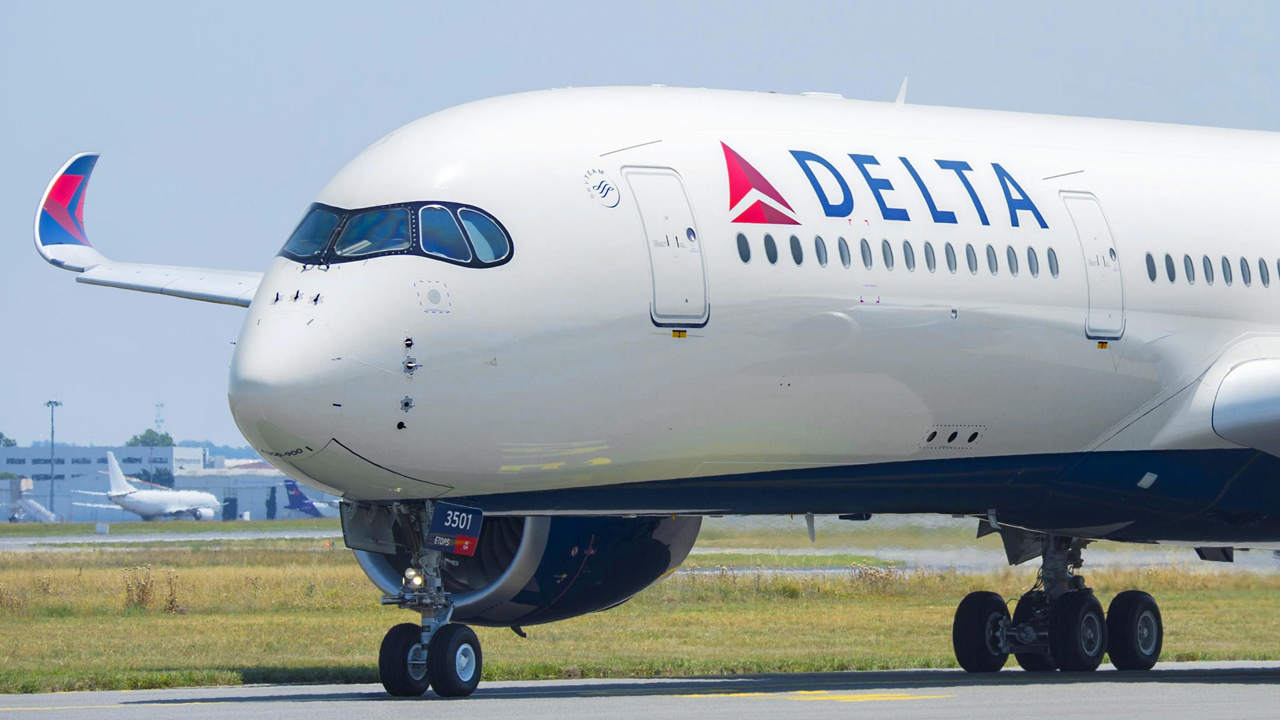 Airlines worldwide are employing various in-flight entertainment devices to serve their passengers better on board as some have introduced virtual reality to replace the tiny screens at the back of aircraft’s chairs that often have low quality movies.
Airlines worldwide are employing various in-flight entertainment devices to serve their passengers better on board as some have introduced virtual reality to replace the tiny screens at the back of aircraft’s chairs that often have low quality movies.
Virtual reality (VR), also known as immersive multimedia or computer-simulated reality, is a computer technology that replicates an environment, real or imagined, and simulates a user’s physical presence and environment to allow for user interaction.
Most up-to-date virtual realities are displayed either on a computer monitor or with a virtual reality headset (also called head-mounted display), and some simulations include additional sensory information and focus on real sound through speakers or headphones targeted towards VR users.
According to VRscout’s report, the virtual travel and flight experience started from inside of the Boeing 747 flight. Participants would sit inside a rounded ball chair, wearing a custom-painted oculus rift DK2 headset, and holding a Sony play station motion controller to interact with the virtual experience.
Though, virtual reality travel experiences are not intended to replace visiting a location, but to help travellers select destinations. With individual tourist attractions also creating virtual reality travel experiences, travellers will not only be able to use virtual reality to help them select a destination, but also to help them decide which attractions to visit while at that destination, said experts.
Airlines are now beginning to explore what virtual reality could mean for their industry. For instance, Virgin Atlantic has rolled out a series of virtual reality experiences highlighting their first-class amenities. The virtual reality experience also showcases Virgin’s check-in experience, its first-class lounge in London, and its first-class cabin.
Qantas airlines also offer virtual reality headsets to its first-class passengers. The passengers can take a break from the plane’s cabin to experience a virtual tour of the Sydney Harbor Bridge or the Great Barrier Reef. In the first tie-up of its kind, the airline has teamed up with Samsung to provide the headsets for in-flight entertainment. Qantas said the headset would offer new experiences for passengers.
The Group Executive, Qantas, Olivia Wirth noted that: “Whether the user wants a virtual tour of our new Los Angeles First Lounge or to experience an A380 landing from the tarmac, this technology gives us a completely new way to connect with our customers”.Other carriers like Lufthansa; a German airline is using virtual reality to create a virtual holiday experience for customers
Currently, both hotels and airlines are adopting virtual reality as a marketing tool. Whether you use it to select your destination, book your hotel room, or distract you during your flight, virtual reality inevitably will become part of your travel experience, it noted.
However, some companies are already working on plane-specific applications for virtual reality. A virtual reality production start-up called Trillenium has been working on a project that could make “windowless planes” a reality.
The company is working on using a stream from the cameras on the outside of an aircraft, then stitching it together into a VR experience that a passenger could view through a headset. It could also transport passengers into business class seats for example and be used to generate revenues for airlines.
The Vice President and General Manager, Boeing’s 737 Max projects, keith Leverkuhn also stated: “I think what is changing and changing dramatically is entertainment on the aircraft. You remember flying around on airplanes that have little screens that you can barely see, to now everybody has devices that they can bring on, as long as they can connect their device, then they’re off and running and I think that’s really going to be a dramatic change”.
“That’s not ten years from now, that’s today and that is something we are making sure the airplane is equipped with.”
Whether as a replacement or enhancement of the seatback screen in economy or as a premium experience for business- and first-class passengers, airlines are exploring immersive headsets as an alternative to traditional in-flight entertainment.






